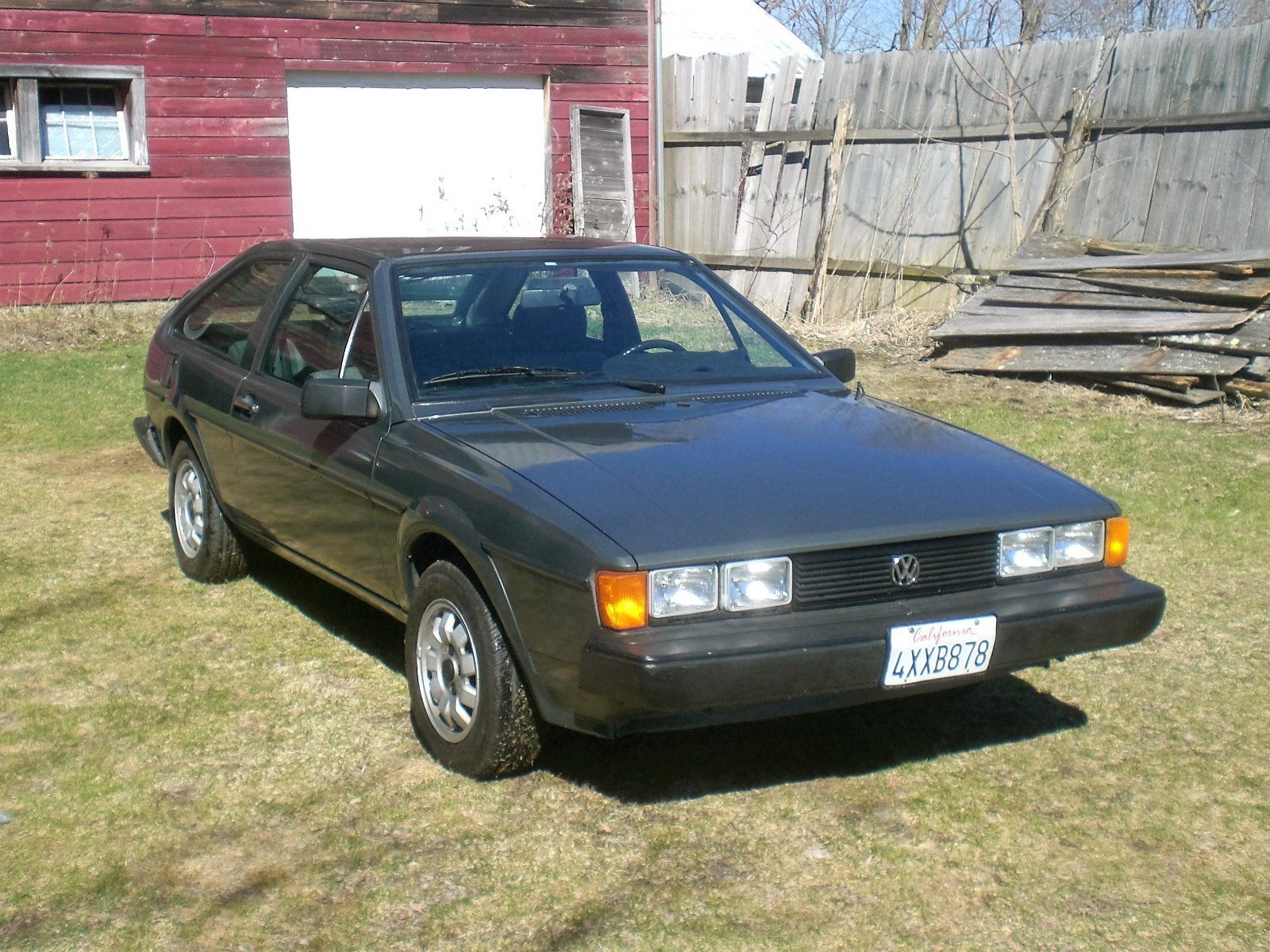Okay, $22,000 is a lot for an old hot hatch, even if it’s the ‘original’. When I was perusing some cars to consider, I noticed that there was a point where Mk.2, 3, 4 and 5 prices were all pretty equivalent. In fact, you can just about buy all four of these cars shown below for the same price as that Kamei X1 GTI. It raises an interesting question; what generation is the one to get at this price point? Certainly a lot depends on priorities – if, for example, you really want a fun daily driver or you’re looking for more of a weekend warrior show car. But let’s look at this group and see which has potential:
Tag: Tartan
Yesterday’s 1985 Scirocco was a well modded driver. But if you wanted to win a preservation class – or, just liked the original configuration the car came in – it wasn’t for you. Today’s car answers those critics with a very clean first-year model of the second generation design. Though the shape of the new Scirocco was modern for the time, underneath the specification changed little from the outgoing model. It was still a Mk.1 underneath, with a 1.7 liter, 74 horsepower inline-4 providing adequate motivation to the 2,000 lb. coupe. Where the original Giugiaro design had held lovely nuance, the Karmann-penned follow-up borrowed heavily from the Asso di Picche design (ironically, also from Giugiaro) meaning it was all angles, everywhere. But it pulled it off reasonably well, and the second generation was quite popular, selling about a quarter million units in total. There were rolling changes throughout the years as more power, bigger spoilers and wheels, and even a more traditional second wiper appeared. But in terms of purity, the simple design shows through well despite the clunky U.S. spec bumpers on the early models like this 1982:
CLICK FOR DETAILS: 1982 Volkswagen Scirocco on eBay
Comments closedPorsche has never been one to shy away from special editions. You could probably populate the pages of this blog daily with the veritable cornucopia of limited-run models Stuttgart thinks up at every board meeting. So it comes as no surprise that Porsche’s tried and true formula of “Add Limited Edition” immediately found its way into their new 924 chassis as soon as it was released. I covered these special models last year over at The Truth About Cars, but you’re probably already familiar with a few as we’ve seen them before on these pages.
The first to hit was the Championship Edition (Martini) 924 in 1976-7. It was primarily an appearance package with the signature red/blue Martini stripes over a body in white with a unique interior, though the model also got sway bars for some performance gain. About 3,000 were produced. In 1978 that was followed by the Limited Edition; again, a special color with special Pascha interior, sway bars and the addition of fog lights. In 1979, to celebrate the 1978 victory of Porsche 935s at Sebring, Porsche introduced a new limited model. Dubbed ‘Sebring ’79’, the new model took aspects of both the Martini and Limited models and combined them. You got sway bars and fog lights (Sebring takes place partially during the night, after all!), and the model was presented in bright Guards Red paintwork with a Tartan interior inserts. Porsche upped the race decal quotient from the Martini car; not only were there yellow race stripes that flowed down the sides, those stripes encircled the car now. Giant “Sebring ’79’ decals adorned the front fenders and the tail, as well. And if you forgot what you were driving, Porsche slapped a huge ‘924’ white decal in the middle of the headlight filler panel. As 924 special editions went, it was the closest to a full-sized Matchbox car you could buy. This was option M429, but there was a further option to upgrade to the Turbo-spec 5-bolt hubs and ATS mesh wheels that is very rarely seen, as most have the black painted wheels with chrome trim rings that came standard, just as this example does:





